The ethnic groups present in Africa are very numerous. In each country, we can find several communities living together under the same territory, which in most cases has been drawn from the hands of the colonizing powers. One of the most momentous events in the history of the African continent is the Berlin Conference (1884-1885) which brought together France, Britain and Germany to talk about colonial expansion and how to divide the continent in order to avoid greater clashes between the same powers. It was not until the First World War, however, that with the defeat of Germany, the African map began to be drawn as we know it today, with borders marked by European powers.
This way of dividing the continent with different parts such as who divides a birthday cake caused many of the newly formed borders which leaded to separate different ethnic groups into two or more countries (the case of the Masai or Himbes), or to coexist in a same state different ethnic groups whose relationship was not at all cordial. In the latter case, many internal conflicts have arisen in South Sudan, where the war is mainly due to a conflict between different tribal groups combined with the interest of foreign powers in the natural resources they can extract from the country. Also in Ethiopia we find a similar situation, where the Amara and Tigray are succeeding each other in power even though they are ethnic groups that do not have a good relationship. And the same in many other African nations where we find conflicts over religion and tribes.
In Namibia, we currently find several ethnic groups including the Himba (who are also in Angola), the Herero and the Damara. Each tribal group has its own traditions, language, architectural constructions, clothing and habits. Now, we will try to summarize some of the characteristics briefly in order to show that each African country is a separate world where very diverse groups coexist creating a very interesting multiculturalism from an anthropological point of view, but also a source of conflict in many cases.
If you want to know more from the anthropological point of view about the tribes in Africa, we recommend you to look at the work of Aníbal Bueno, both his book “Forgotten Cultures” and his website
It is necessary to emphasize the fine ethical line that exists between the “tourists games” and the tourist visits in these ethnic groups. We always see positive any cultural exchange where new ways of doing things and new habits can be known. Ethnic groups have the right to a positive development of their community, because in return, it also helps their preservation. However, it is important when arranging such activities that sustainable tourism would be developed with these groups, visiting them respectfully and with a guide from the tribe itself.
In Namibia, we did not visit any of these ethnic groups, but they did tell us a lot about them and we were able to see some of them during our trip around the country.
The Himba
+ The Himba live in a circular village (kral) called onganda. The village is surrounded by thorny bushes to prevent the entry of wild animals. In each kral, one or at most two families live. The houses are circular of mud and straw, and in the middle of the village they have a circular space to keep the herds of cattle. The villages usually consist of 7 or 8 huts, among which are also some food hut on a higher site to prevent the entry of animals and the sacred fire hut, located in front of the house of the head of the village and which it is always on.
+ The sacred fire is the place where ancestral worship sacrifices are made, as well as different rituals. Ancient objects of the tribal group, such as sticks, are kept there. If they move, they take a portion of the sacred fire with them, trying not to put it out.
+ The Himbes are a semi-nomadic people. They are engaged in livestock care for their herds of goats and cows and move in search of water and food for the herd. Himba culture could not be understood without the cattle, which is present at any important event: weddings, funerals, births, puberty rituals …
+ The most important source of wealth is cattle farming, along with flocks of sheep and goats. The herds of cattle also have an exchange value, such as when getting married. The more livestock they have, the higher their social status within the tribal group.
+ Cow’s milk is the main basis of their diet.
+ The head of the tribe is chosen by the kral group. Intelligence, personality and having a high number of cows are valued. Most of its functions consist of taking care of compliance with the rules and it is assisted by a group of advisers.
+ Himbes are monotheistic, although their religion does not revolve around a god. They call “Ndjambi” the supreme being but do not usually name him. They think that rain, thunder and lightning come from Him.
+ While the men are only engaged in grazing the cows and the herd, the women are in charge of building and maintaining the village, the children, cooking, milking the cows, fetching water and caring for the goats.
+ The Himba woman is characterized by the braids of mud she wears on her head. Every morning, with the mixture of clay, ocher powder and cow’s butter, they make a kind of clay with which they anoint the body. Apart from being an iconic element of the Himba tribe, this mud serves to protect them from the sun and mosquitoes. The different hairstyles they make with the mud depend on the status within the tribe. It is a sign that changes with the stage of life. For example, changing from puberty to adulthood means a change in hairstyle.
+ Himba never bathe in water as for them it is a very scarce commodity. With the same mud as hairstyles, they make perfumes that neutralize body odors.
+ Most himba clothing is made of cowhide and leather. Necklaces and bracelets are important clothing accessories for this tribe and have different meanings. For example, if a Himba woman has metal bracelets on her ankle with a painted black line, it means that she has given birth once, and if there is more than one, she has given birth more than once.
+ Its language is Otjiherero, which comes from Herero and is of Bantu origin. They maintain the same language even though they separated from the Herero 200 years ago. To emphasize words or exclaim something, they use the “clicks” characteristic of the Khoisanid and Damara languages.
+ Currently, the Himbas tribes are found in Namibia and Angola, around the Kunene River. There are some Himbas who have chosen to continue the ancestral traditions and way of life, while others have moved to the cities and opt for a more modern lifestyle. This change is not always brought about in the best way by the host society, often treating them as “second-class” citizens and causing very low expectations to Himba people that sometimes make them fall into alcoholism and homelessness.
If you want to know more, we recommend that you read the Himba chapter of the book Indestructibles by Xavi Aldekoa, which also refers to the problem of drought and forced displacement of these tribal groups due to current weather conditions.
The Herero
+ This tribe suffered a genocide that exterminated 80% of its population in the early twentieth century with an extermination order from Commander Lothar von Trotha, leader of German West Africa. Despite this extermination, they have kept their ancestral traditions alive. If you want to know more about this genocide, you can read here.
+ Their clothing is very characteristic with a grandiloquent European style, as the missionaries and settlers were ashamed of their tribal nudity and made them dress in their clothes.
+ Herero girls dress in brightly colored and colorful sets (called ohorokova), and in very Victorian hats (known as oshikaiva).
+ The hats worn by the Hereros are designed thinking with the shape of the cow’s head.
+ Like the other tribes, the livestock is their main source of wealth. In addition, the Hereros are famous as very good seamstresses.
+ They show great devotion to the cow as a sacred animal and center of great spiritual ceremonies.
+ Its language is Otjiherero, which comes from Herero and is of Bantu origin.
+ Herero tribes are now found in Namibia, Angola, and Botswana (where they fled the German extermination in the early 20th century).
The Damara
+ They are considered one of the oldest tribes in Namibia, where they had a large presence until the late 19th century when they were displaced by the Nama and Herero tribes.
+ Its language is a Khoisanid language where the presence of clicks as a phoneme stands out (clicks are noises made by cracking the tongue). It is a language they share with the San (Bushmen) of Botswana and other tribal groups in South Africa, but the real origin of the Damara language is being unknown to many anthropologists as they maintain Bantu traditions but with a different language.
+ They represent about 9% of the total population of Namibia.
+ They were mainly engaged in agriculture but also had herds. However, in the middle of the twentieth century and from the policies of “separate development” of Apartheid in Namibia, they were taken to the area known as Damaraland, an irregular territory with little fertile land.
+ Being in a territory that is unattractive to agriculture has caused many Damara to abandon agriculture and move to cities and urban centers in search of work and a better future.
+ In Twyfelfontein (a town in the center of Namibia), there is one of the main living museums of the Damara where you can see how the members of this tribe lived before.


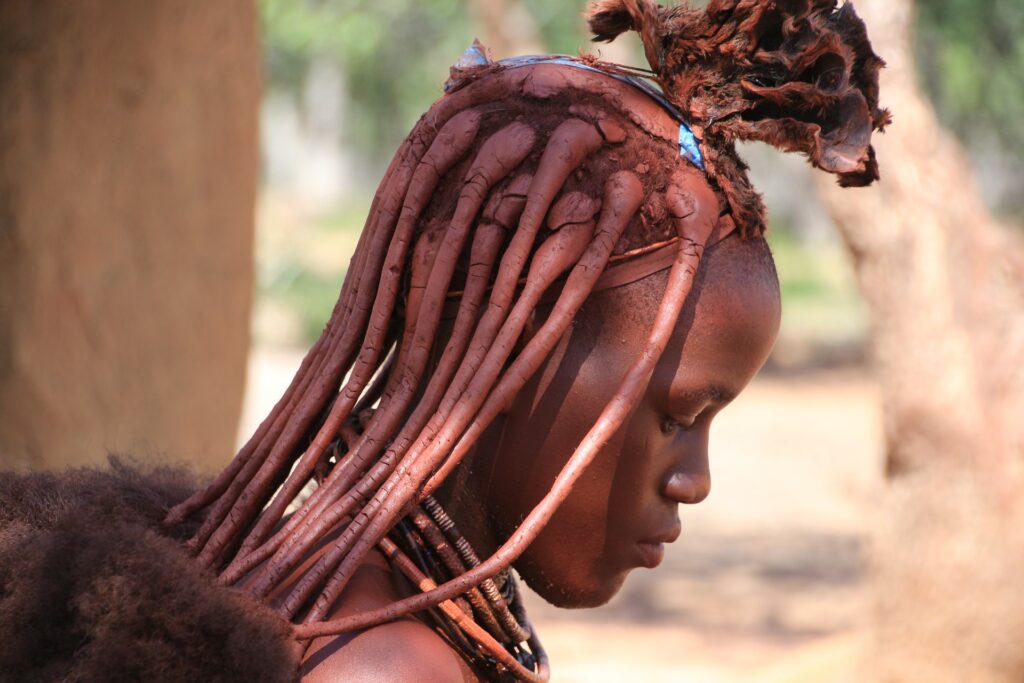


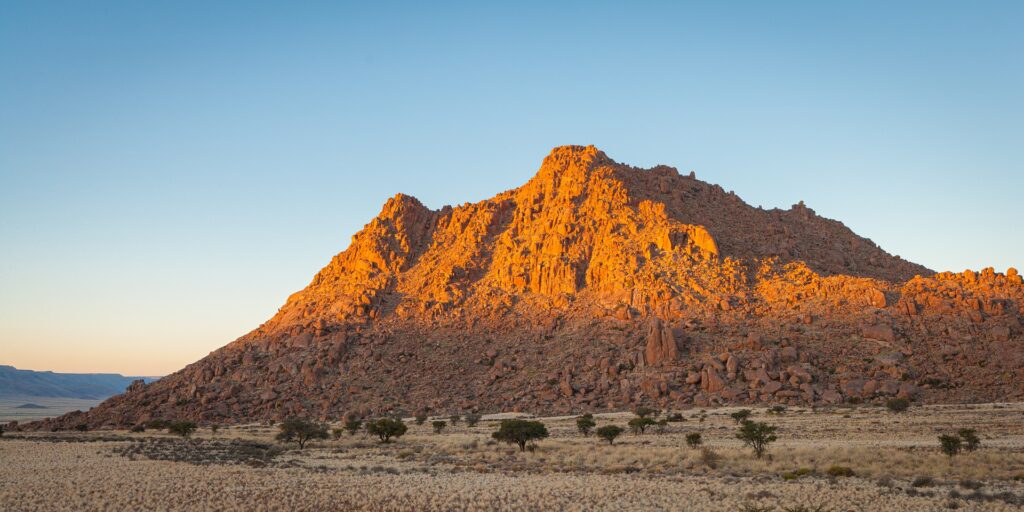
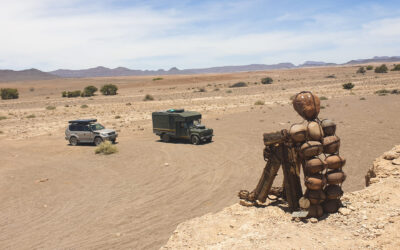

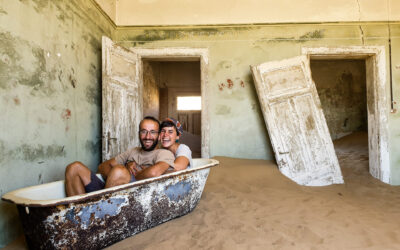
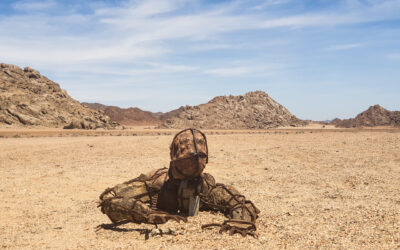
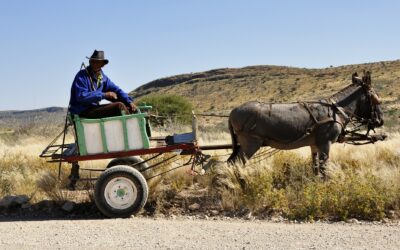
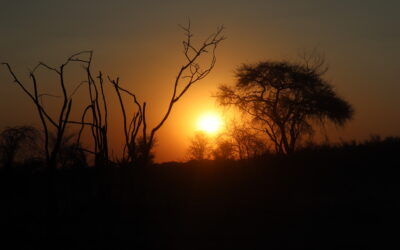
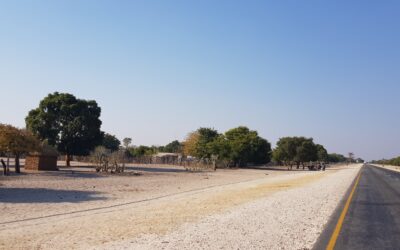

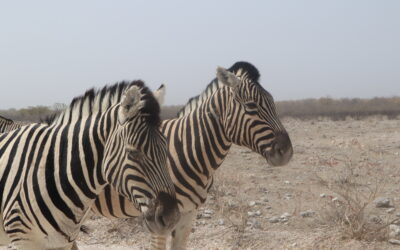
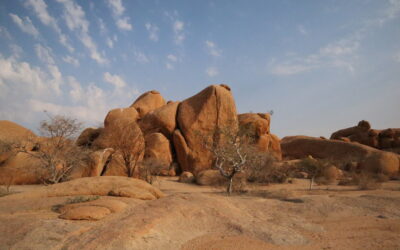
0 Comments